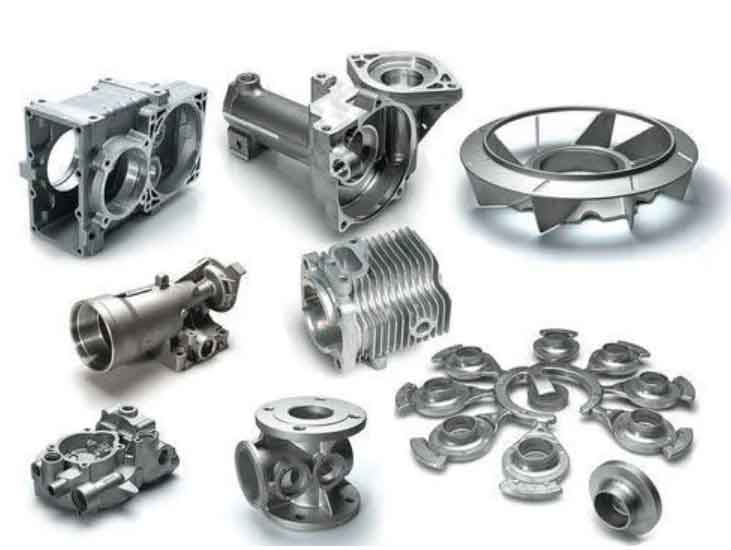Grey cast iron offers several sustainable benefits, making it a green material suitable for a circular economy. Here are some of the key sustainable advantages of grey cast iron:

- Recyclability: Grey cast iron is highly recyclable. At the end of its useful life, grey cast iron components can be melted down and used as a raw material for new castings. This reduces the demand for virgin raw materials and minimizes waste generation.
- Longevity and Durability: Grey cast iron has excellent strength and durability, allowing components made from it to have long service lives. This reduces the need for frequent replacements, resulting in less material consumption and waste generation over time.
- Energy Efficiency: The production of grey cast iron requires less energy compared to other metals. The primary raw materials used in grey cast iron production, such as iron ore and scrap iron, have lower energy requirements during processing and melting. This leads to reduced energy consumption and lower greenhouse gas emissions.
- Reduced Environmental Impact: Grey cast iron production typically has lower environmental impact compared to other metal manufacturing processes. The use of scrap iron as a raw material reduces the need for mining activities, which can have significant environmental consequences. Additionally, advancements in foundry technologies and process optimization have led to reduced emissions and improved air quality in grey cast iron foundries.
- Circular Economy Potential: Grey cast iron’s recyclability and long service life make it well-suited for a circular economy. By promoting recycling and reuse of grey cast iron components, the material can be kept in circulation for an extended period, minimizing the need for new production and reducing environmental impact.
- Resource Efficiency: Grey cast iron production makes efficient use of raw materials. The ability to melt and reuse scrap iron reduces the demand for virgin raw materials, conserving natural resources. Additionally, advancements in process technologies and material optimization help minimize material waste during casting operations.
- Local Availability: Grey cast iron can often be sourced locally, reducing transportation distances and associated carbon emissions. Many regions have a well-established grey cast iron foundry industry, allowing for the production and supply of components within a relatively small geographic area.
Overall, grey cast iron offers sustainable benefits through its recyclability, durability, energy efficiency, reduced environmental impact, and circular economy potential. By embracing the principles of a circular economy and promoting recycling and reuse, grey cast iron can contribute to a more sustainable and resource-efficient manufacturing industry.
